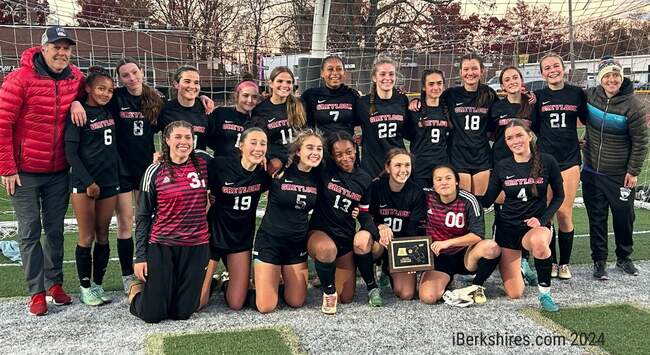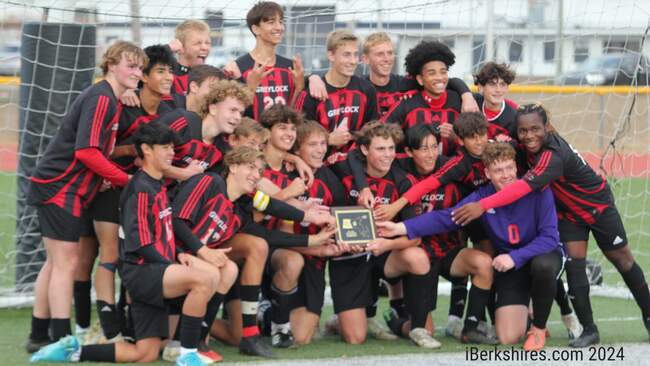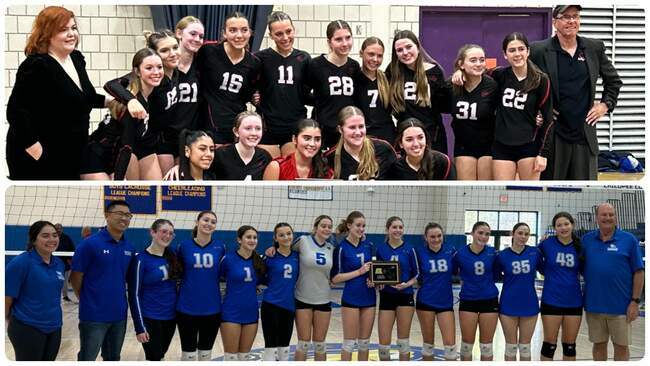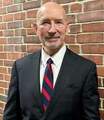
North Adams School Panel Votes Conte Renovation
 Project manager Carl Weber and architect Margo Jones go over the design for a new Greylock School, one of the possible options. |
The former Drury High School, closed for the past several years, scored 11 votes from the 15-member building committee as the best option to put forward to the state School Building Authority. That doesn't mean the decision is cut and dried.
"This has to get past the MSBA, certainly we had a good, favorable, solid vote for the Conte Middle School solution tonight," said Mayor Richard Alcombright afterward. "Then I still have to come before [City] Council for that $31 million bonding approval ... I'm sure that will be debated heavily."
The Conte option is estimated at $31.5 million with the city's share at $6.4 million. The state is expected to reimburse at 80 percent of eligible costs and the architects rated Conte as the "best" to reach LEED Silver certification,
The decision marks a year of ups and downs during which the committee had hoped for a two-school building solution for 620 students in Kindergarten through Grade 7 at Conte and Greylock School. But the original proposal to close the 46-year-old Sullivan School in favor of Conte sparked parents' anger. The state asked the city for more information and in November sent an independent team to assess the facilities.
This past February, the SBA indicated that it would entertain one solution — a big or a small school but the not the double building project the city had hoped for.
After a sparsely attended meeting two weeks ago, the building committee made its decision on Wednesday after more than an hour of debate and some input from a slightly larger audience at City Hall.
While all six of the options were reviewed, it was clear that a new Greylock, a new Sullivan or a Conte renovation were the preferred choices. (All of the options would meet the educational needs; the question was in what building the educational needs would be met.)
Several members thought a larger, 620-student school would solve the school district's space issues in one fell swoop but in the end, it only received one vote. Former longtime School Committee member Ronald Superneau pushed for a new Sullivan School at Kemp Park, citing the desire for neighborhood schools even though admitting most had been torn down in the 1960s and '70s. John Hockridge pointed to the a new 310-Greylock as having the least limitations in terms of site, costs and community response.
There were a few voices in the audience that spoke against losing Sullivan. One mother stood firmly against Conte. "I do not want my child down there," she said. "Not many parents do."
City Councilor John Barrett III, who closed Conte during his last term as mayor, said the site had potential for other than education. "I am opposed to a renovation of Conte ... only because I believe the city has to look at the bigger picture here," he said.
.jpg) Councilor John Barrett III said Conte should be used for other development efforts. |
"Of all the schools we have right now, Sullivan is in the worst state," said committee member and city Building Inspector William Meranti. If Greylock was chosen, he said, "it does nothing for Sullivan ... we need to do something to help Sullivan ... I'm in favor of the most unpopular option, Conte."
Building committee member Matthew Neville, also director of facilities for the school system, agreed. Sections of Sullivan are shifting because they're on ledge, the school's "T" concrete structure is no longer up to code and the boilers are going, he said. "Greylock will outlast Sullivan by years."
Superintendent James Montepare said money might be found for windows and other needs at Greylock until it "could get back in line" at the SBA in another eight to 10 years.
The city has to provide a package detailing its preference by Monday; the SBA board will meet March 28.
Alcombright said, should the option be approved, the new school debt should be about $70,000 more a year than the current debt for Drury and Brayton schools. Those bonds should be paid along with other debts before the city seeks a new school building bond in fiscal 2015. That could change depending on the final figures.
"I'm comfortable at this point," said Alcombright. "I think the decision is the right one as far as moving forward with a 310-solution that the city could afford."
Tags: Conte School, MSBA,















